The art world is undergoing a quiet but profound revolution, one that speaks directly to the existential crisis of our time. In studios from Berlin to Bangkok, creators are turning away from traditional materials and embracing what was once considered worthless. This isn't merely a stylistic shift—it's an ethical awakening born from the climate emergency. What critics initially dismissed as "trash art" has evolved into a sophisticated movement challenging our very definitions of value and beauty.
At the heart of this transformation lies a simple yet radical idea: creative expression needn't come at the planet's expense. Contemporary artists are proving that discarded plastic bags can carry as much emotional weight as Carrara marble, that rusted car parts possess a poetry rivaling bronze sculptures. The movement's pioneers aren't just making art from waste—they're making art about waste, forcing viewers to confront humanity's unsustainable relationship with material goods.
London-based sculptor Thomas Deacon recently caused a stir at Frieze with his towering installation crafted entirely from e-waste. "Every component in 'Circuit Breaker' was destined for landfills in Ghana," he explains, running a hand along the jagged surface of repurposed motherboards. "By giving this material new life, I'm documenting both our technological addiction and its consequences." His work exemplifies how waste art operates on multiple levels—visually striking while serving as anthropological commentary.
Galleries report surging interest from collectors who see these pieces as tangible climate activism. "We've moved beyond the novelty phase," notes Zurich curator Lina Hoffmann. "Serious buyers recognize that artists working with recycled materials are the documentarians of our age." Auction prices reflect this shift, with leading waste artists now commanding five-figure sums—an ironic twist for works created from throwaways.
The ethical implications ripple beyond materials. Many waste artists adopt sustainable practices throughout their workflow: solar-powered studios, non-toxic adhesives, even bicycle transport to exhibitions. Brazilian collective Lixão ("The Dump") takes this further, operating as a zero-waste cooperative where every byproduct gets repurposed. "Our brush cleaner becomes someone else's paint," says founder Carla Esteves. "It's about unlearning the disposable mindset capitalism taught us."
Educational institutions are scrambling to catch up. The Glasgow School of Art recently launched Europe's first degree program in Sustainable Material Practice, while Tokyo University of the Arts now requires all students to complete a "waste transformation" module. "Young creators demand these skills," says professor Kenji Sato. "They see art's future as inseparable from ecological responsibility."
Critics argue the movement hasn't fully reconciled its contradictions. Shipping heavy assemblages internationally still carries a carbon footprint, and some question whether aestheticizing waste normalizes overconsumption. Artist-activist Mohini Chandra counters: "Our work exists to make waste visible, to shock viewers into recognizing the scale of what we discard. Comfortable art wouldn't serve that purpose."
The commercial sector's embrace presents another dilemma. When luxury brands commission waste artists for window displays, is it greenwashing or legitimate cultural shift? "Corporations love the symbolism but rarely change their production models," warns Berlin-based collective TrashKultur. They've developed a certification system distinguishing between artists who occasionally use recycled materials and those fully committed to waste-based practice.
Perhaps the movement's most significant impact lies beyond gallery walls. Community workshops teaching waste art techniques have become unexpected hubs for environmental education. In Nairobi's Kibera neighborhood, children create jewelry from bottle caps while learning about plastic pollution. "The art gets people listening," says teacher Wangechi Mwangi. "Then we discuss recycling systems, climate justice—things they'd dismiss as boring in a lecture."
As the climate crisis intensifies, waste art's relevance only grows. Major biennales now feature installations tracking microplastics through food chains or visualizing landfill expansion. The 2023 Venice Biennale's Golden Lion went to a life-sized replica of a Amazon rainforest clear-cut, constructed entirely from illegal logging confiscations. Such works blur boundaries between art and evidence, creativity and testimony.
What began as niche experimentation has matured into a multifaceted cultural force. These artists aren't just responding to ecological collapse—they're reimagining creativity's role in preventing it. Their materials may be humble, but their vision is anything but: a world where nothing is truly disposable, and beauty emerges from redemption rather than extraction.

By /Jun 26, 2025

By /Jun 26, 2025

By /Jun 26, 2025

By /Jun 26, 2025
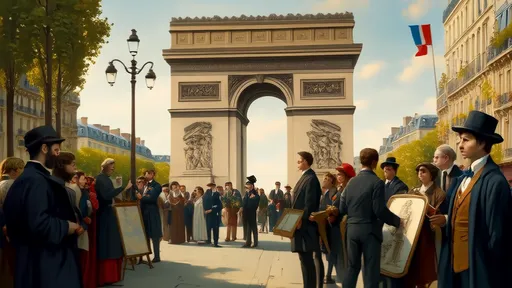
By /Jun 26, 2025

By /Jun 26, 2025
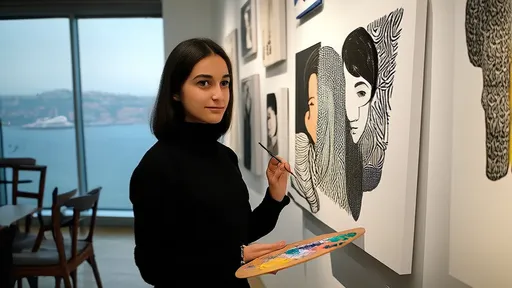
By /Jun 26, 2025
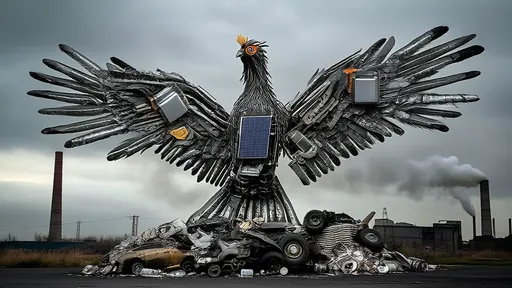
By /Jun 26, 2025

By /Jun 26, 2025
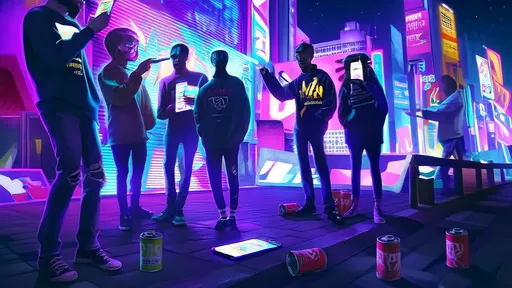
By /Jun 26, 2025
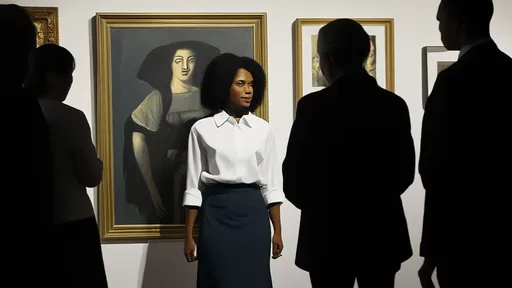
By /Jun 26, 2025
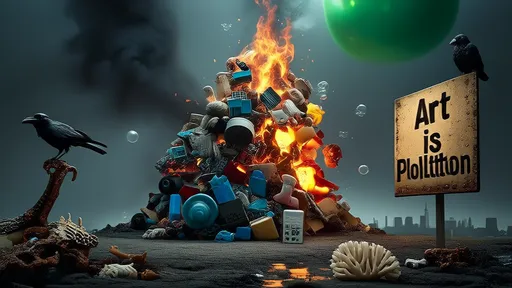
By /Jun 26, 2025
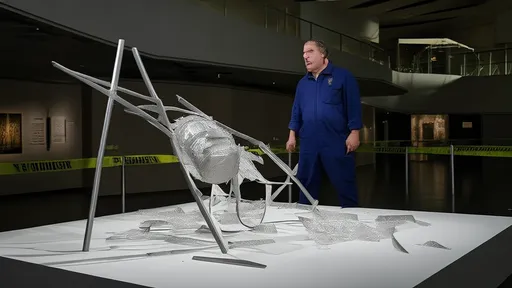
By /Jun 26, 2025

By /Jun 26, 2025
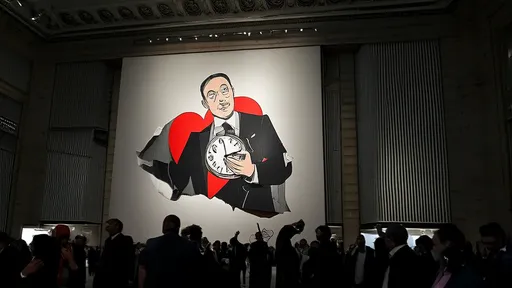
By /Jun 26, 2025

By /Jun 26, 2025

By /Jun 26, 2025